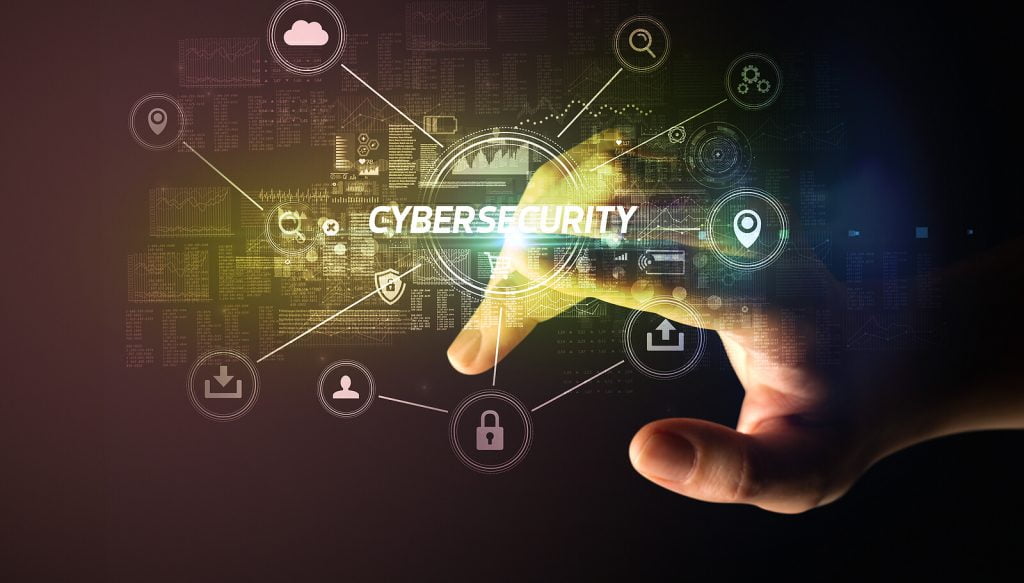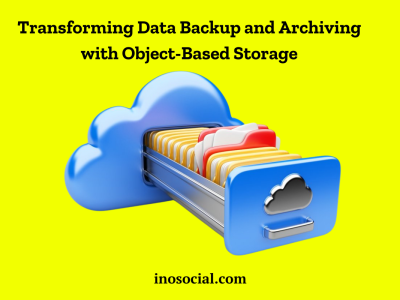Running an online business has probably not been easier when you think about the developments in cloud computing, third-party apps, and the chance to hire remote workers. Especially remote work has been the star of the last two years of the business world with undeniable benefits such as reduced costs and flexible working hours. But there is one thing threatening remote businesses; cyber attacks.
Securing remote businesses from cyber attacks is a big issue and needs to be highlighted. A successful attack on the company’s resources might jeopardize the whole operation, cause a loss of profit, and make you deal with legal issues. Although all these sounds concerning (and they should), we have a selection of practices to secure your remote business from cyber attacks.

How to Secure Remote Businesses From Cyber Attacks?
In 2020, when remote work literally boomed due to the Coronavirus pandemic, there was a significant increase in cyber threats. In fact, according to Fintech News, there was a 500% increase in the attacks directed at remote workers in the first 6 weeks of the lockdown. This is mostly due to companies moving their workforce to remote work and migrating to cloud environments to facilitate access to resources.
With the increasing cybersecurity risks and more diverse company networks, businesses and IT professionals forcibly learned and developed new ways of protecting their resources against cyber attacks. For more information regarding the types of automated threats your remote business may face, you can also explore this list of owasp threats to better enhance your cybersecurity. Nevertheless, the past two years have been an incredible lesson for all IT professionals, and this process resulted in some of the best practices to protect remote businesses. Let’s see some of them so you can protect your company too.
1-) Cybersecurity training for employees
Employees might not need comprehensive cybersecurity training when in the office (although it’s still good practice), but when you are working from home, risks are even more apparent. What’s worse is that employees are the first one’s cybercriminals target.
When working in a physical office, most data is contained and controlled by the IT security team. But when working remotely, employees need to know how to protect their devices and credentials from malicious users, or to recognize phishing scams.
This requires extended cybersecurity training for every employee working remotely. They need to be advised on how to manage passwords, keep their devices and connections secure, and know about the company’s security policies and restrictions.
2-) Control access and block unfriendly sources
You don’t have much control over what your users are doing on the Internet when they are connected to the company network. There are significant risks associated with unauthorized and uncontrolled access such as malware, ransomware, and phishing scams.
In order to prevent these, you first need to have a blocklist or an allowlist of the websites and apps employees are permitted to access. If they are accessing sketchy websites when connected to company resources, there is a great chance that they will be compromised.
You also need to draw clear lines and emphasize the websites or content categories employees need to avoid. There should be boundaries on access to prevent cyberattacks and keep productivity high.
3-) Use Secure Access Service Edge (SASE)
Locationally restricted security solutions do not provide the ability to offer continuous and secure access to those working remotely. They need almost instant access to third-party applications and corporate resources they use every day, and they need to be protected while using them. Secure Access Service Edge is here just to do that.
But what is Secure Access Service Edge? SASE is the convergence of network security and network connectivity. Combining SD-WAN with security solutions such as Zero Trust, CASB, or FWaaS, SASE offers edge-to-edge network security and continuous remote access.
SASE solutions are cloud-based, meaning that they can be used in remote environments and employees can be secured throughout the network regardless of where they are and how they are connecting. This brings the ability to verify remote users contextually, provide secure remote access, and assess risks in real-time. All these qualities make SASE the number one option for remote work network security.
4-) Choose remote working tools carefully
When running a remote business, you need a handful of applications and tools to facilitate communication and business operations. These can be the things such as project management software, a team communication app such as Microsoft Teams, or simply a workforce management tool.
If you are using any of these cloud-based business solutions, you are relying on a third-party vendor, and things are, to some degree, outside of your control. For this reason, it is crucial to assess your vendors to see if they have a backup or recovery plan in case of a cyber attack. If not, your remote business may experience interruptions caused by outside factors.
Even worse, some third-party vendors do not have the ability to properly secure their resources. As a company that uses their services, any vulnerability they have is also a threat to your company’s data, so choose these tools carefully.
5-) Use Multi-Factor Authentication
People use passwords such as “password”, which opens the door for hackers to come in and steal valuable data. Although passwords can be regulated and strong passwords can be encouraged, it is a fact that it can’t be the only way to verify users.
You need to implement ways to add another layer to user verification, and multi-factor authentication is just the thing. It asks for a second authentication after the password is put in. The second layer of this could be biometrics, OTP, or verification by call.
Multi-factor authentication ensures that even if a password is compromised, the system has a way to tell whether it is the actual user trying to access it or a malicious actor. This is also a great measure against device theft since MFA can trigger and require authentication from an additional device (usually user’s smartphone).
6-) Keep software updated
Software always needs to be updated in order to have the latest security adjustments. Developers work hard to fix vulnerabilities and make the software more robust, and you need to keep track of that.
Since remote work is usually done on personal devices, you need to train employees on updating software regularly, or even check frequently to see the versions they are using. Outdated software will always have vulnerabilities, and even a single outdated device is a risk to your remote business.
Conclusion
Securing a remote business from cyber attacks is vital to ensure business continuity and keep your client’s information safe. You might think that some of these are far-fetched, but these practices have become the standard in the last two years. It is important to take measures against something before it actually happens and damages your business significantly. Invest in cyber security to keep profits stable and build your business securely.










